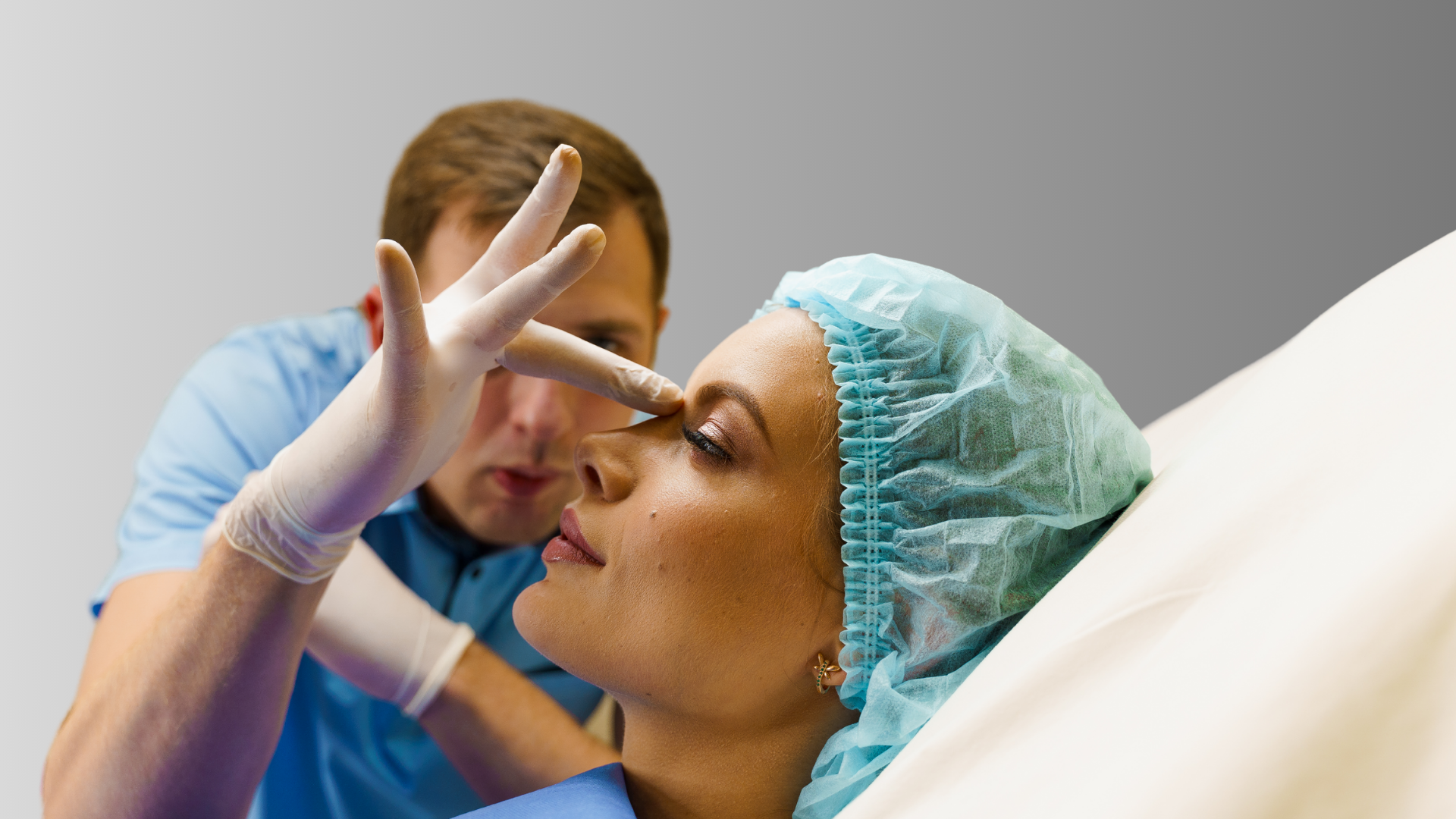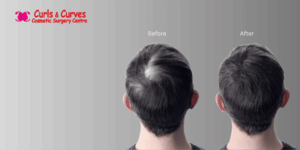Men: don’t feel like taking off your shirt because of your man boobs
A much more common condition that most people realise, Gynecomastia is a medical term for overly-developed male breasts. The condition affects an estimated 40 to 60 percent of men and may affect one or both breasts. The cause of the majority of Gynecomastia surgery cases is unknown, but certain drugs and medical problems have been linked to some. Though the condition is purely cosmetic, it can cause great self-consciousness and emotion in men. For men who feel their breasts are too large, male chest reduction surgery can offer a “more masculine” looking chest.
Male chest reduction surgery removes fat and or glandular tissue from the breasts and sometimes excess skin for an improved chest contour.
Though basic information on male chest reduction surgery is provided on this website, the best way to get answers to specific questions about your needs is to schedule a personal consultation with a certified Plastic Surgeon. He will gladly address any questions and concerns you may have during consultation.
Many men have Gynecomastia – enlarged, female-like breasts – caused by excess glandular tissue or fat (or both).
Am I a good candidate for Gynaecomastia surgery?
Men of all ages undergo gynaecomastia correction, though they should be healthy, emotionally stable. Those with fairly good skin elasticity will see the best results. Though teenage boys may benefit from the procedure, they may eventually need a second procedure down the road if the condition persists or recurs.
For obese or overweight men, exercise and a healthy weight loss plan may correct the condition without surgery. It is recommended that you attempt to correct the problem through these methods before undergoing male chest reduction. Since alcohol and marijuana use may cause gynecomastia, as well as the use of steroids and other specific drugs, you will be asked to stop using these drugs before surgery to see if the condition subsides.
All surgeries carry some uncertainty and risk
Though many men undergo breast reduction surgery each year and experience no major complications, the procedure does carry some degree risk. It is important you be well informed of these risks when considering male breast reduction. Dr.Girish.A.C sees the discussion of potential risks and complications as one of the most important aspects of patient consultation. During your consultation, he will discuss these potential complications with you, listen to your safety questions and offer instructions on how to minimise your risk.
Risks are similar to those in all surgical procedures and include:
- Injury to the skin
- Excessive bleeding
- Reaction to anesthesia
- Excessive fluid loss
- Accumulation of fluid
It should also be noted that scarring may occur, as well as changes in skin pigment, temporary sensation loss and slight asymmetry between the breasts or nipples. Before surgery, these risks should be carefully weighed with the benefits offered by the procedure.
What to expect from your consultation?
A personal consultation with your surgeon is the first step for any patient considering male breast reduction Dr.Girish.A.C believes in careful patient consultation to assess your physical and emotional health, discuss your aesthetic goals and address any questions or concerns you may have.
First, Dr.Girish.A.C will explore the cause of your condition, to check for medical conditions that may need to be treated by an appropriate specialist. These include issues with liver function, use of estrogen-containing medications, or anabolic steroids. He may also a recommend a breast x-ray or mammogram to rule out the possibility of breast cancer and to study the composition of your breasts.
Based on your breast composition, Dr.Girish.A.C will evaluate your gynecomastia treatment options and discuss them with you during the consultation.
Glandular tissue must be cut out, usually through a small incision near the edge of the areola.
Preparing for surgery
It is important to follow Dr.Girish’s instructions when preparing for gynaecomastia correction to ensure the best possible results. Those instructions may include:
Refraining from smoking for several weeks before and after surgery
Avoiding certain medications
Arranging for help following surgery, such as a ride home and in-home care for the first 24 hours
The day of surgery
Male chest reduction surgery may require a short hospital stay, though most are performed on an outpatient basis, allowing patients to return home the day of surgery.
During surgery, medications will be administered to ensure comfort. General anesthesia will most likely be used to allow you to sleep during the procedure. Dr.Girish.A.C uses only doctors (anesthesiologists)-not nurses (CRNA’s or anesthetists)-to administer anesthesia to his patients. He will carefully monitor your physical status throughout the operation and during your recovery.
What does male chest reduction surgery entail?
For chest enlargement caused primarily by excess glandular tissue, the tissue may rarely be removed with a scalpel through incisions on the edge of the areola (the dark skin surrounding the nipple). For major reduction procedures, larger incisions may be needed. In most cases, however, liposuction will be used to remove any excess fatty tissue as well as the glandular tissue. In these instances, the liposuction cannula will be inserted through a very small incision at the edge of the areola.
Male Breast Reduction primarily caused by excessive fatty tissue requires smaller incisions to correct- less than a half-centimeter in length along the edge of the areola. Through these incisions, liposuction will be performed to remove the fatty tissue. Liposuction uses a slim tube called a cannula attached to a vacuum pump to break up and suction out excess breast fat. If a large amount of fat or glandular tissue is removed, excess skin may need to be removed as well to create a firm, flat contour.
At the end of your procedure, a small drain may rarely be inserted to prevent the accumulation of excess fluids. The chest will be wrapped in a dressing to keep the skin firmly in place.
After your surgery
Your chest will feel sore for a few days after gynaecomastia surgery. This discomfort is generally well controlled with pain medications. You will need to have someone drive you home after surgery and to help you out for the first day or two.
You will need to wear an elastic pressure garment for the first few weeks to reduce swelling in the chest. Though the swelling will go down greatly during the first few weeks, it may be months before the final results of your surgery emerge.
You will be encouraged to get up and walk around on the day of surgery. Non-strenuous work can be resumed within one or two after surgery, though heavy exercise, including sexual activity, should be avoided for several weeks. Any stitches you have will be removed approximately 1 to 2 weeks after surgery. Sports or strenuous employment may need to be avoided for the first four weeks. After the first month, however, most patients are able to resume all of their normal activities.
Fatty tissue can be removed by liposuction. A small, hollow tube is inserted through a tiny incision, leaving a nearly imperceptible scar.
Your new look
Gynaecomastia surgery offers a high rate of patient satisfaction to those who go into it with realistic expectations. Though it doesn’t offer perfection, it can offer a dramatic improvement in the contour of your chest creating a flatter, firmer look. The results of the procedure are generally permanent, though teen boys may need a second procedure later if the gynaecomastia returns.
How long will I continue to see my Plastic Surgeon?
Dr.Girish.A.C believes in the importance of follow-up visits, to answer any questions you may have and monitor your healing process. Rather than delegating all of these visits to a nurse, he enjoys seeing his patients as they heal over time. Your first post-operative visit will be scheduled after the initial healing period, during the first few days after surgery. In the following months, Dr.Girish.A.C may ask you to return for periodic checkups. Keeping these appointments is important to allow him to assess your long-term results and address any questions or concerns you may have.
Dr.Girish.A.C is fully trained in Plastic and Reconstructive surgery. He invites potential patients to fully explore his training, experience online or during a personal consultation.
Following surgery for gynaecomastia, the patient has a more masculine chest contour.





